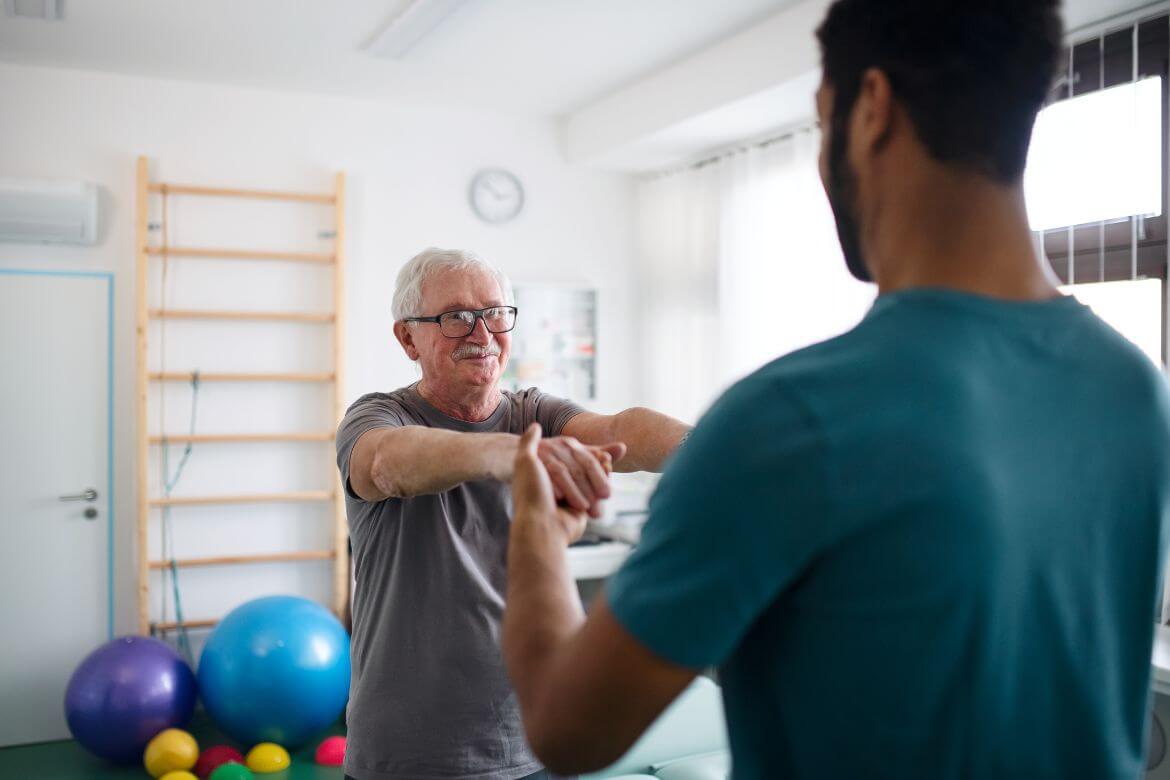
In recent years, virtual reality (VR) has emerged as a groundbreaking tool in various fields, including healthcare. Neuro rehabilitation offers innovative solutions to significantly enhance recovery for individuals with neurological conditions. This blog explores the benefits of VR in neuro rehabilitation, how it works, and why it is becoming a valuable part of rehabilitation programs.
What is Virtual Reality?
Virtual reality is a technology that creates immersive, interactive environments through computer-generated simulations. Users wear VR headsets that transport them into virtual worlds, allowing them to engage in activities and experiences that can mimic real-life situations. This immersive experience can be particularly beneficial for patients undergoing neuro rehabilitation.
How Virtual Reality Works in Neuro Rehabilitation
In neuro rehabilitation, VR is used to create targeted exercises and simulations that cater to the specific needs of patients recovering from conditions such as stroke, traumatic brain injury, or spinal cord injury. These virtual environments can be customized to provide challenges that promote physical and cognitive recovery.
The process typically involves a patient wearing a VR headset and participating in various tasks designed to improve motor skills, coordination, balance, and cognitive function. The virtual environment can simulate everyday situations—like walking in a park or navigating through a busy street—allowing patients to practice skills in a safe and controlled setting.
Benefits of Virtual Reality in Neuro Rehabilitation
- Enhanced Engagement and Motivation
One of the most significant advantages of VR in rehabilitation is its ability to engage patients actively. Traditional rehabilitation exercises can be repetitive and monotonous, decreasing motivation and participation. In contrast, VR provides an interactive and enjoyable experience, encouraging patients to stay committed to their rehabilitation goals. The gamification of exercises, where patients earn points or rewards for completing tasks, can further boost motivation and make rehabilitation feel less like a chore. - Personalized Therapy
Virtual reality allows therapists to customize rehabilitation programs to meet individual patient needs. By adjusting the difficulty level, duration, and types of tasks, therapists can create personalized experiences that target specific deficits. For example, a patient recovering from a stroke may work on fine motor skills by manipulating virtual objects. In contrast, another patient may focus on balance and coordination through virtual obstacle courses. - Safe and Controlled Environment
VR provides a safe environment for patients to practice various skills without the risk of real-world consequences. This is especially beneficial for individuals with mobility challenges or those who may be hesitant to try new activities due to fear of falling or injury. In a virtual setting, patients can experiment with movements, make mistakes, and learn at their own pace without the anxiety of potential harm. - Immediate Feedback
Feedback is crucial in the rehabilitation process, as it helps patients understand their progress and areas that need improvement. VR systems can provide real-time feedback on performance, allowing patients to adjust their movements and strategies accordingly. This instant feedback loop can enhance learning and accelerate recovery, as patients can see improvements and adjust their efforts in real time. - Improvement of Cognitive Function
Neuro rehabilitation often involves addressing cognitive deficits alongside physical impairments. VR can create cognitive exercises that challenge memory, attention, problem-solving, and spatial awareness. For instance, a virtual game may require patients to remember the locations of objects or navigate through a maze, effectively targeting cognitive rehabilitation engagingly. - Social Interaction and Support
Many VR platforms allow for social interaction, enabling patients to connect with peers or participate in group therapy sessions, even if they are physically distant. This can help reduce feelings of isolation, which are common after a neurological injury. Engaging in rehabilitation alongside others can provide emotional support, encouragement, and motivation, fostering a sense of community. - Research-Driven Outcomes
Numerous studies have shown the effectiveness of VR in improving outcomes for neuro rehabilitation. Research indicates that patients who use VR as part of their rehabilitation program often experience greater improvements in mobility, balance, and cognitive function compared to those who do not use VR. This evidence supports integrating VR technology into rehabilitation settings, making it a valuable tool for therapists and patients.
Implementing VR in Neuro Rehabilitation
While the benefits of VR in neuro rehabilitation are clear, implementing this technology requires collaboration between therapists, patients, and technology providers. Here are a few key considerations:
- Assessment and Planning: Therapists should assess the patient’s needs before starting VR therapy and set clear rehabilitation goals. This helps select appropriate VR activities that align with the patient’s capabilities and objectives.
- Supervised Sessions: Initially, VR therapy should be conducted under the supervision of a trained therapist. This ensures that the patient uses the technology safely and effectively while allowing for immediate adjustments to the program based on performance.
- Integration with Traditional Therapy: VR should complement traditional rehabilitation approaches rather than replace them. Combining VR exercises with hands-on therapy can provide a holistic approach to recovery.
- Patient Education: It is essential to educate patients about the technology and its benefits. Understanding how VR can aid their recovery will help them feel more comfortable and motivated to participate in the program.
Conclusion
Incorporating virtual reality in neurorehabilitation offers numerous benefits that can significantly enhance the recovery process for individuals with neurological conditions. By providing engaging, personalized, and safe rehabilitation experiences, VR supports patients in regaining independence and improving their quality of life. The Physio9 Clinic, a leader in neuro rehabilitation in Pune, embraces these advances to empower patients on their recovery journey. If you or a loved one is facing the challenges of neuro rehabilitation, consider exploring virtual reality as part of your recovery plan at The Physio9 Clinic. With the right support and resources, a brighter future is within reach.







